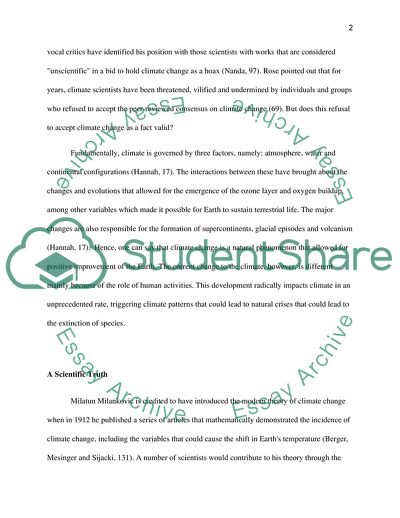Cite this document
(Climate Change and Human Agency Essay Example | Topics and Well Written Essays - 2250 words - 1, n.d.)
Climate Change and Human Agency Essay Example | Topics and Well Written Essays - 2250 words - 1. https://studentshare.org/environmental-studies/1818567-geology
Climate Change and Human Agency Essay Example | Topics and Well Written Essays - 2250 words - 1. https://studentshare.org/environmental-studies/1818567-geology
(Climate Change and Human Agency Essay Example | Topics and Well Written Essays - 2250 Words - 1)
Climate Change and Human Agency Essay Example | Topics and Well Written Essays - 2250 Words - 1. https://studentshare.org/environmental-studies/1818567-geology.
Climate Change and Human Agency Essay Example | Topics and Well Written Essays - 2250 Words - 1. https://studentshare.org/environmental-studies/1818567-geology.
“Climate Change and Human Agency Essay Example | Topics and Well Written Essays - 2250 Words - 1”. https://studentshare.org/environmental-studies/1818567-geology.


